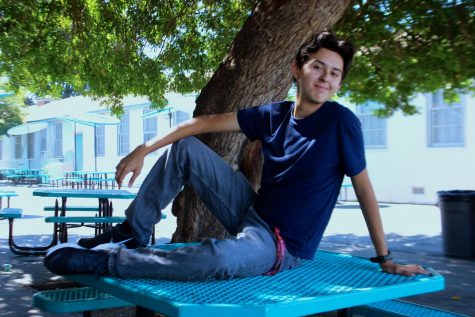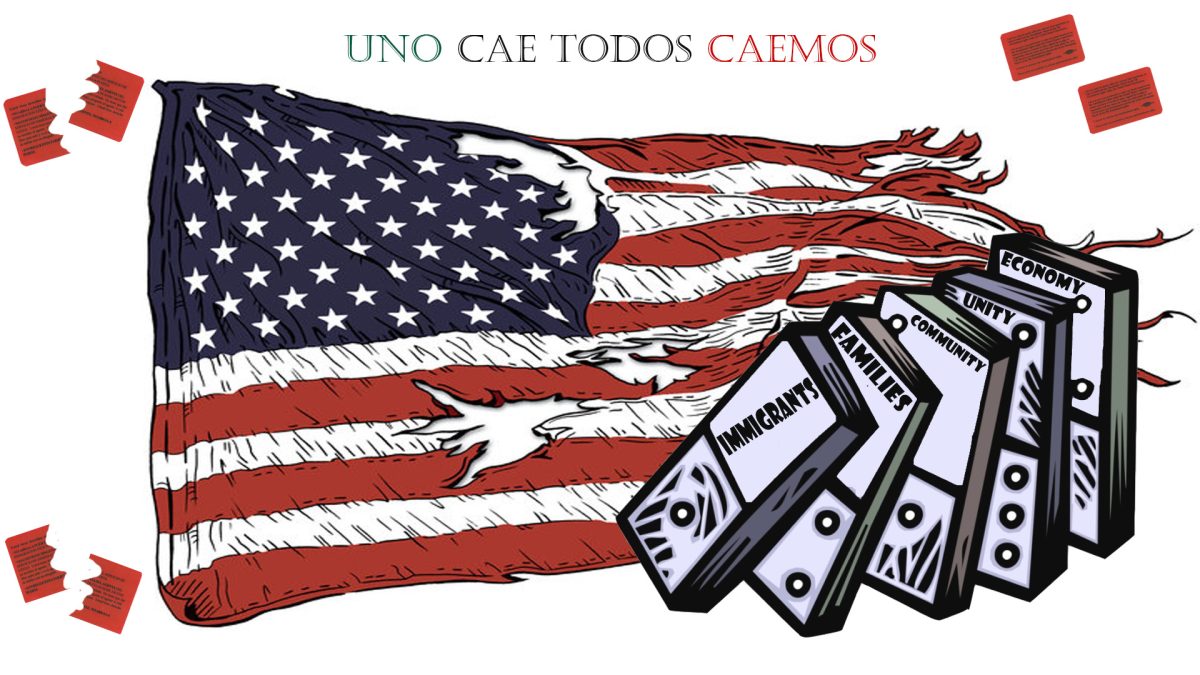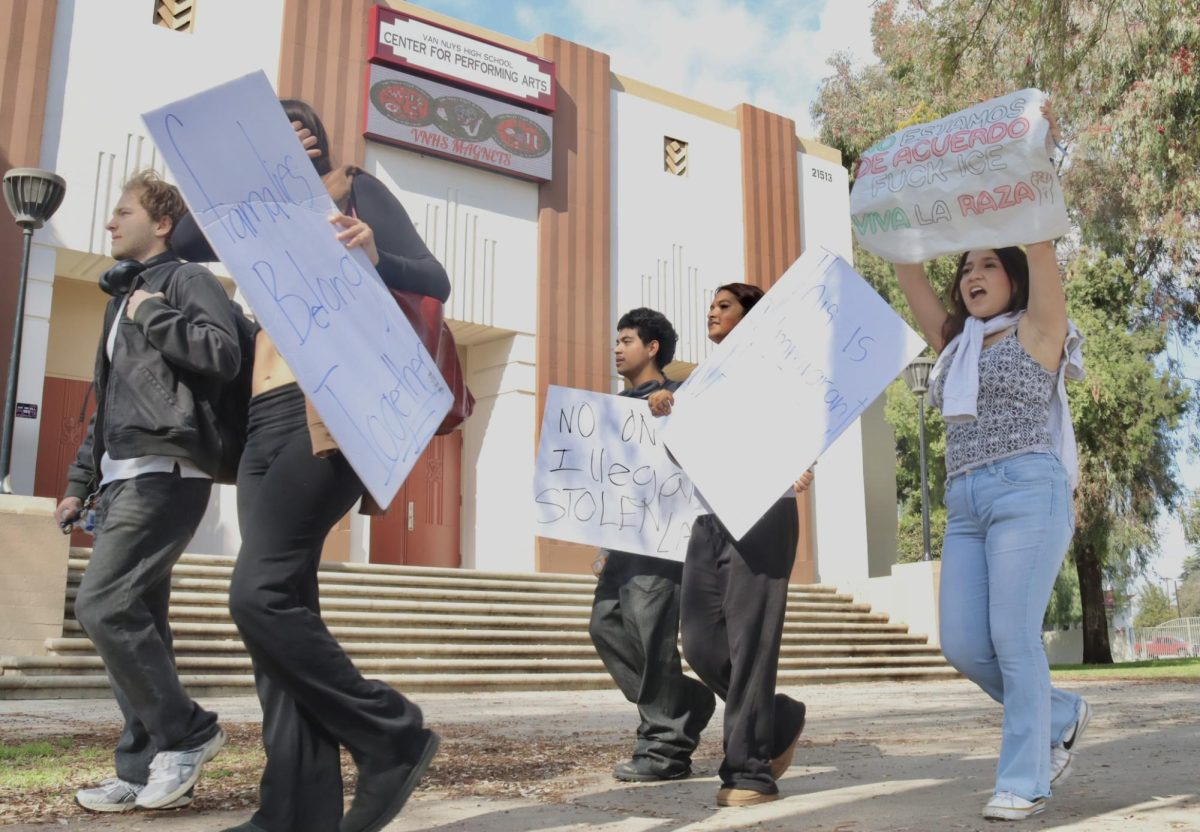Supreme Court’s indirect rule for DACA by turning down Trump appeal

Dreamers are allowed to live and work in the U.S. through DACA. The Supreme Court’s decision has kept the program alive and breathing
March 16, 2018
Dreamers can now rest somewhat easier after the Supreme Court refused to uphold President Donald Trump’s power to end the Deferred Action for Childhood Arrivals program.
The deadline for renewing DACA statuses was March 5 and all permits not renewed were to begin expiring due to Trump’s decision to end the program. The president’s power to carry out such action was then presented to the Supreme Court to test its constitutionality.
After the Trump administration pleaded for a quick ruling to the decision, the Court turned down the notion and kept the program that protects nearly 800,000 immigrants from deportation.
Even though the court was in favor of Dreamers in this case, the ruling makes it more difficult for lawmakers to form a deal on immigration before the next congressional election because of the lack of a deadline on the matter.
The immigration program finds the bulk of its protected members in California and Texas. California is home to over 220,000 Dreamers and Texas is home to more than 120,000. For these states especially, Dreamers are students, workers, teachers and much more than just immigrants.
Dreamers are allowed to live and work in the United States through the DACA program and must pass extensive background checks in order to be granted protection in the first place.
WIthout DACA, recipients face job loss, dangers of deportation and loss of their provisional social security numbers. Many of them would also lose their education opportunities and everything they’ve worked for in the only country they call home.








CursosFormacan • Mar 22, 2018 at 12:38 am
In my opinion, these liberal judges making liberal rulings will finally force the Supreme Court to take up the DACA case. DACA will be ruled to be illegal under Constitutional law by the Supremes, and that will take away all the protections for the DACA recipients. Once and for all, they will be deportable just like the parents who brought them here. Then, who will ultimately be to blame? The Dems. But probably, once the case is referred to the Supremes, Chuck and Nancy will come begging to Trump and the Republicans to all “work together and pass legislation before a Supreme Court decision. This will put Trump and the Republicans in the drivers seat. If the Dems want DACA recipients to get some sort of legal standing, they will have to cave into border wall funding, end of visa lottery and end of chain migration and possibly mandatory E-Verify. The only thing that will ball up the works is if Republicans like Lindsey Graham and other illegal lovers become obstructionists.